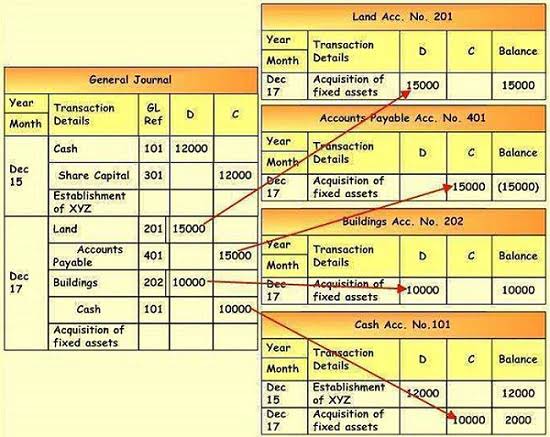
By doing so, they mitigate the risk of costly accounting errors and ensure compliance with regulatory standards. Construction-in-progress accounting serves as a cornerstone of financial transparency, enabling companies to maintain accurate records, bolster investor confidence, and adhere to regulatory requirements. The company’s record revenue depends on the total construction revenue multiplied by the percentage of completion. If the company has made huge progress, they will record the revenue base on the actual result as well. If the outcome of a contract cannot be estimated reliably, then no profit should be recognized.
- Tracking and communicating the true project cost on an ongoing basis via CIP accounting is vital.
- When the construction in progress is completed, related long-term asset account is debited and CIP account is credited.
- Expenditures are accumulated in a CIP account throughout the construction timeline.
- After the construction has been completed, the relevant building, plant, or equipment account is debited with the same amount as construction in progress.
- When the project is finished in Year 2, ABC can recognize all revenue and expenses at once under the completed-contract method.
Income Recognition
A construction work-in-progress asset is any asset that is not currently usable, such as assets that are undergoing testing or that a company is building. Depending on the project’s size, construction work-in-progress accounts can be some of the largest fixed asset accounts in a business’s books. Percentage of completion (PoC) is an accounting method of work-in-progress evaluation, for recording long-term contracts. GAAP allows another method of revenue recognition for long-term construction contracts, the completed-contract method.

Cash Flow Statement

Tax Liability – Incorrect differentiation between ordinary and capital expenses can alter how much cip journal entry is deductible for tax purposes over the asset’s life span. Companies select between these methods based on their risk appetite, available resources, type of construction activities, and reporting requirements. IntroductionInvesting in debentures is a common practice for companies looking to raise capital.

Accounting for Construction-in-Progress Charges
Construction-in-process accounting involves capturing and accumulating all costs related to building or developing fixed assets during the construction period. Tracking CIP provides deep visibility into project performance, ensures accurate financial reporting, and facilitates operational decisions. Construction accounting is unique and requires careful tracking of costs, revenue recognition, and project progress. The use of methods like percentage-of-completion and completed-contract ensures that financial statements reflect the true economic performance of a construction company. Construction work in progress refers to the cost related to the work in progress of each incomplete work related to the construction of long-term assets and fixed assets.
- Accurate financial reporting is of utmost importance in the construction industry.
- This approach ensures that revenue is matched with the corresponding expenses and provides a more realistic view of the financial performance of a construction project.
- By effectively utilizing CIP accounting, construction companies can ensure accurate financial reporting, better cost control, and informed decision-making.
- The construction in progress can be the largest fixed asset account due to the possibility of time it can stay open.
- Despite best efforts, construction projects frequently encounter events that complicate CIP accounting.
What Other Types of Contra Accounts Are Recorded on the Balance Sheet?
When it comes to construction contracts, it’s important to understand that each asset is treated as a separate contract if specific conditions are fulfilled. This means that if a construction contract relates to two or more assets, each asset will be treated as a separate contract. Construction-work-in-progress accounts can be challenging to manage without proper training and experience.
- In this section, we will explore the significance of accurate billing and revenue recognition and their impact on project profitability and financial reporting.
- Among them, learning how to record construction in progress accounting stands out.
- A CFO, or Chief Financial Officer, is a senior executive responsible for managing the financial actions of a company.
- Technology also plays a crucial role in streamlining construction financial management.
- Build to use can be an extension in an existing office facility, building a new plant, warehouse, or any business asset.
- This entry records the amount billed to the client, but no revenue is recognized yet.

To overcome these challenges, construction companies must prioritize the implementation of proper construction work-in-progress accounting practices. This includes employing robust financial management systems, ensuring accurate cost-tracking mechanisms, and maintaining transparency through regular and accurate financial reporting. One of the key tools in achieving financial transparency in construction is the use of Construction in Progress (CIP) accounting accounts.

Leave A Comment